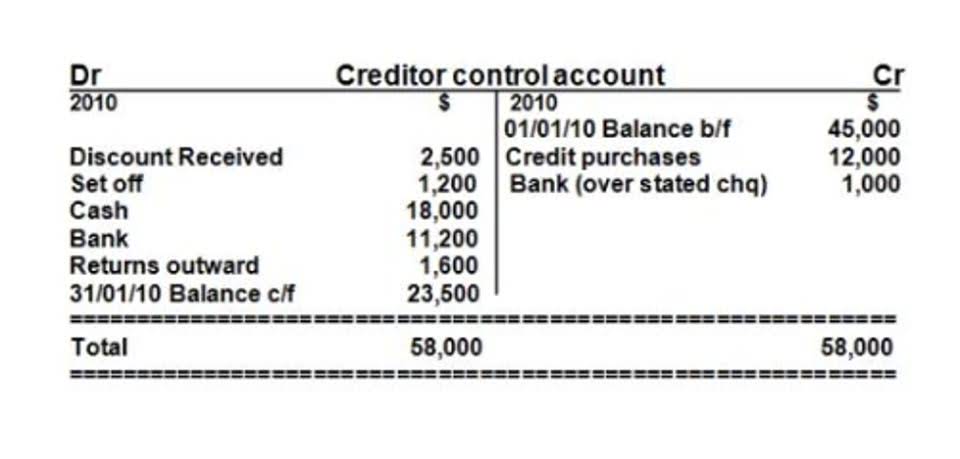
Is this company in a better financial situation than one with a debt ratio of 40%? A company with a high degree of leverage may thus find it more difficult to stay afloat during a recession than one with low leverage. It should be noted that the total debt measure does not include short-term liabilities such as accounts payable and long-term liabilities such as capital leases and pension plan obligations. Total-debt-to-total-assets is a leverage ratio that defines how much debt a company owns compared to its assets.
To help, we created this guide to break down everything that you need to know. Continue reading to learn why the debt ratio is important, how to use it, how to calculate it, and more. debt ratio definition The simple answer to this is that the debt ratio quota should ideally not exceed 2. A debt ratio of 2 means that the company has 1 unit of capital for every 2 units of debt.
Debt-to-Equity Ratio
A good debt ratio provides financial flexibility and operational resilience while remaining at a prudent and manageable level relative to income and assets. For public companies, good leverage varies enormously by industry but generally falls between 0.5x-2.0x debt-to-equity and 1.0x-3.0x debt-to-income. Maintaining leverage in a moderate sweet spot allows firms to balance risks and returns for shareholders. A higher debt ratio suggests greater financial risk, as more of the business is funded through debt that must be repaid. However, some leverage can be prudent when used judiciously to multiply returns.
- In order to get a more complete picture, investors also look at other metrics, such as return on investment (ROI) and earnings per share (EPS) to determine the worthiness of an investment.
- While both companies could have reasonable leverage for their situation, the debt ratio makes the larger company appear riskier on the surface.
- Other ratios, such as debt-to-equity ratio, interest coverage ratio, and liquidity ratios, provide additional perspectives on financial health and risk.
- The optimal debt ratio depends on the stability and capital intensity of the business.
- Lenders typically consider a variety of factors before deciding to offer a loan or extend a line of credit to a business.
The significance and interpretation of the debt ratio can fluctuate noticeably under various economic conditions. For example, during periods of economic growth or boom, a higher debt ratio may imply that a business is thrusting ahead by making optimum use of borrowed funds to capitalise on industry growth. On the other hand, the same ratio may raise the alarm when economic conditions deteriorate, as a high debt ratio may indicate that the company could struggle to meet its debt obligations. A higher debt ratio might limit available resources for CSR initiatives, while a lower one may allow for more financing options.
Impact of High Debt Ratio on CSR
Sign up today and enjoy seamless account management for your business needs. This website is using a security service to protect itself from online attacks. There are several actions that could trigger this block including submitting a certain word or phrase, a SQL command or malformed data. Pete Rathburn is a copy editor and fact-checker with expertise in economics and personal finance and over twenty years of experience in the classroom. Learn how to do a comparable company analysis with this free JPMorgan Chase Investment Banking job simulation from Forage. A financial professional will offer guidance based on the information provided and offer a no-obligation call to better understand your situation.
However, it does not factor in other important liabilities like accounts payable, pension obligations, and operating leases. This means the debt ratio understates the true leverage of a company by excluding major liabilities on the balance sheet. Investors should supplement the debt ratio with other solvency ratios to get a more complete picture of a company’s leverage. Another drawback is that the debt ratio is based on book values from the balance sheet rather than market values. The book value of equity reflects historical accounting transactions rather than the current market value. Similarly, the book value of debt diverges from its actual market value if interest rates have changed.
What is a Debt Ratio?
The debt ratio and leverage ratio are two related but distinct financial metrics. The debt ratio measures a company’s total debt as a percentage of its total assets. It shows what proportion of a company’s assets are financed through debt rather than equity. The leverage ratio more broadly measures how much debt a company uses to finance its assets.
A debt-to-equity ratio of 1.5 would indicate that the company in question has $1.50 of debt for every $1 of equity. To illustrate, suppose the company had assets of $2 million and liabilities of $1.2 million. Since equity is equal to assets minus liabilities, the company’s equity would be $800,000. Its debt-to-equity ratio would therefore be $1.2 million divided by $800,000, or 1.5. This indicates that Company A has a surplus of 1.25 times the debt payments, indicating a healthy financial position.
Cash Flow Statement: Breaking Down Its Importance and Analysis in Finance
A lower debt ratio often signifies robust equity, indicating resilience to economic challenges. Conversely, a higher ratio may suggest increased financial risk and potential difficulty in meeting obligations. By examining a company’s debt ratio, analysts and investors can gauge its financial risk relative to peers or industry averages. Newer businesses or startups might rely heavily on debt financing to kick-start operations, leading to higher debt ratios. A low debt ratio, typically less than 0.5 or 50%, indicates that a company relies more on equity than on borrowed funds to finance its assets.
